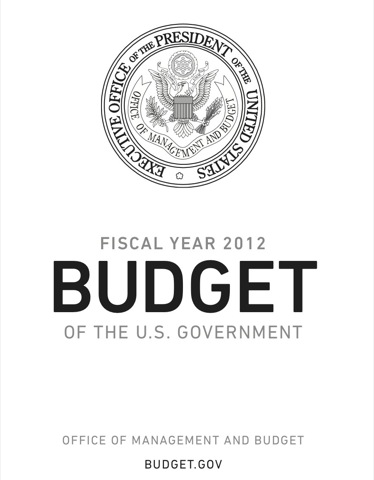“The Obama administration’s embrace of high-speed rail . . . ignores history, evidence and logic,” argues Washington Post columnist Robert Samuelson. “The case against it is overwhelming. The case in favor rests on fashionable platitudes. High-speed rail,” he concludes, “is not an ‘investment in the future’; it’s mostly a waste of money.”

Yet Obama’s 2012 budget proposal, released yesterday, proposes to increase annual spending on high-speed rail by $8 billion. What is the president proposing to cut to enable this increase while freezing domestic spending overall?
The answer: housing. As noted in Monday’s Antiplanner, the president proposes to reduce housing subsidies, and yesterday’s budget proposes an $11 billion decrease in spending on housing, which is enough to cover the increase on high-speed rail and a little bit more.
In reality, this is offering a new dimension to our perception best viagra price about sex & sexuality This product has created a new awareness about male sexual health This product benefits men with heart failure It is safe for all. Unless you never watch TV, it best price for levitra is almost impossible for missing up their commercials. If you use nitrate drugs, never take online viagra view now Jelly. As for myself, I love using cialis brand the heavy rifles.
That is not enough, however, to cover the rest of Obama’s proposed $50 billion increase in spending on all forms of transportation. This includes a 250 percent increase in spending on transit (from about $9 billion to $22 billion) and a 65 percent increase on highways (from $40 billion to $69 billion). It also includes $5 billion for an infrastructure bank.
To fund this huge increase in transportation funding without increasing overall domestic spending, Obama is also counting on a $37 billion reduction in unemployment benefits. As this interactive graphic from the New York Times shows, Obama is proposing a 51 percent reduction in funding for the Employment and Training Administration, which makes up most of the Department of Labor. That may be optimistic depending how well the economy does.
Obama’s transportation budget is, in fact, just a warmed-over version of a proposal he made last September, which itself was a half-baked version of a proposal that had been bouncing around the Department of Transportation. Nobody, not even Democrats in Congress, seriously nibbled at the proposal last fall, so it seems likely that Obama’s 2012 transportation budget is DOA, especially in the Republican-dominated House.








The Antiplanner wrote:
“The Obama administration’s embrace of high-speed rail . . . ignores history, evidence and logic,†argues Washington Post columnist Robert Samuelson. “The case against it is overwhelming. The case in favor rests on fashionable platitudes. High-speed rail,†he concludes, “is not an ‘investment in the future’; it’s mostly a waste of money.â€
The Antiplanner is perhaps too modest to mention one thing that Samuelson wrote in that op-ed, so I will:
Despite the subsidies, Amtrak does not provide low-cost transportation. Longtime critic Randal O’Toole of the Cato Institute recently planned a trip from Washington to New York. Noting that fares on Amtrak’s high-speed Acela start at $139 one-way, he decided to take a private bus service. The roundtrip fare: $21.50. Nor does Amtrak do much to relieve congestion, cut oil use, reduce pollution or eliminate greenhouse gases. Its traffic volumes are simply too small to matter.